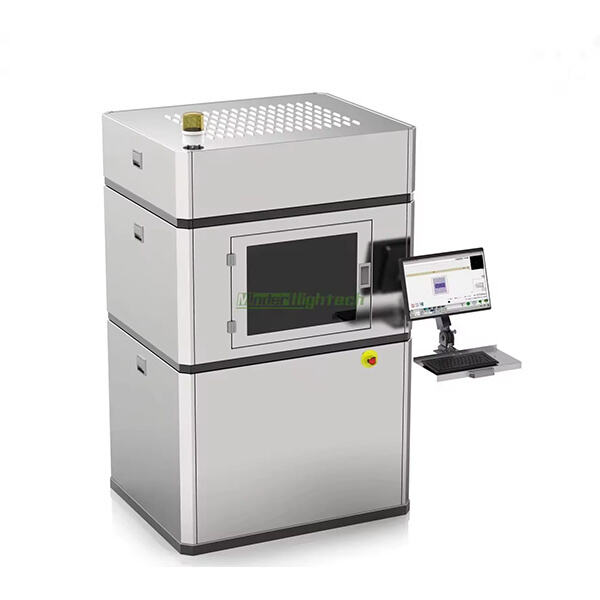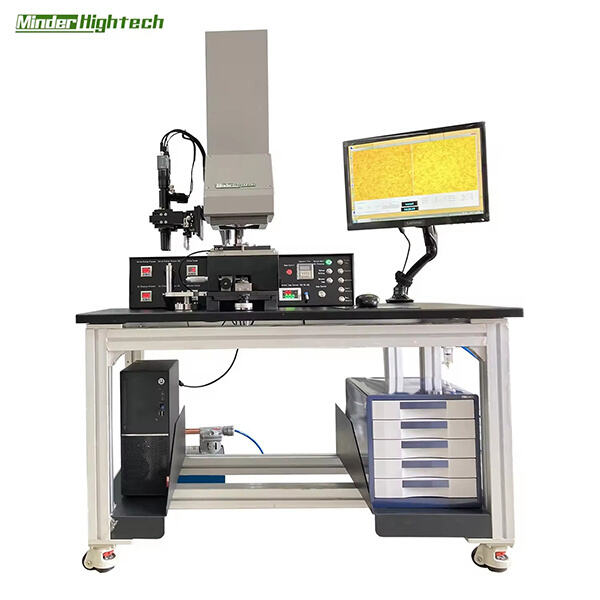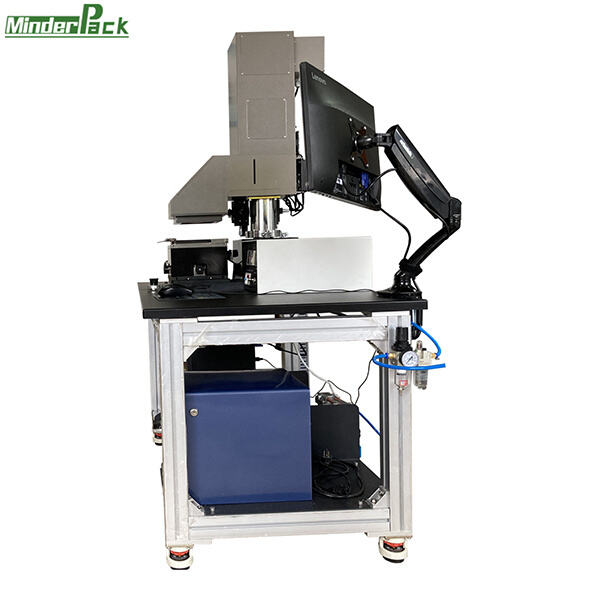Do you ever wonder how books, magazines and the pictures hanging on your wall are made? It is a process known as “printing,” and which has been in use for time immemorial. There are literally hundreds of ways you can print with its own special considerations and techniques. A way of functioning that is very interesting to use in 3D printing, called “Lithography” In this article, we are going to explain what lithography means and where it comes from, the different types of lithogenesis that exist today and how they work now as well as the challenges associated with them in some areas and potential future directions.
Lithography is unique because it creates highly focused, intricate prints. You seem them on significant things like money or stamps. So, how does it work? Polytheophilia: Picture a stone, flat. This is a wax crayon type called such as "grease pencil" allows you to write on this stone. When you draw onto the stone, ink will stick only to where it is drawn. So then if you take a piece of paper, put it on top of the stone and press real hard, when you up half off paper the ink will retained from the granite to that document. Congratulations! CONGRATULATIONS, YOU JUST DID A LITHOGRAPH!
Fascinating History of Lithography The modern process was invented by a German man named Alois Senefelder it in the late 1700s. At that time, he was looking for a method to mimeograph his plays because there is no simple way. Letterpress was how most things were printed before the invention of lithography. This latter method was far slower and less precise than lithography itself. This allowed people to make faster prints pay attention than ever before using spelling. It used to be widely printed because it was the original and could print tons of things like newspapers, books maps; even music sheets!
Today offset lithography is the most frequent form of litho. Is a process, where image is transferred from metal plate to rubber blanket. In offset lithography, the image gets transferred from a plate onto a rubber blanket and then slides on paper. The method is widely used for the publication of many printed objects such as books and magazines, because it produces high quality print in a very fast manner.

Another process is direct lithography, wherein the image is drawn straight onto a stone or plate. The technique is a common one in fine art printing as it allows an artist to get better control over the details and colorations present within their prints. That's how artists can make such nice images.

However, lithography is a very accurate printing method but there are still some difficulties of it. Problem: Ink Sometimes Spreads or Becomes Smudged, Causing the Image to Appear Less Sharp and Clear It is also a problem that the stone or plate has to be etched very meticulously so that ink only adheres in intended areas. Several layers of an image must also be correctly aligned when utilizing the offset lithography method. This can be tricky! Nevertheless, everyone is working on tackling these problems and turning to lithography even better.

Lithography is changing as technology gets better. Many researchers and scientists are setting out to invent ways in which lithography might be rendered ever more accurate, while at the same time becoming even quicker. Nano-lithography is a very interesting field of research. This is advantageous as it lends itself to creating patterns that are very small in size, often smaller than a single cell! It is highly beneficial in many sectors but primarily to the field of medicine. For instance, investigators are making use of nano-lithography to produce miniscule contrivances capable of identifying illnesses rapidly and precisely. Lithography is even being used to manufacture solar panels, and for printing flexible electronic circuits which would have never been possible without it.
Copyright © Guangzhou Minder-Hightech Co.,Ltd. All Rights Reserved